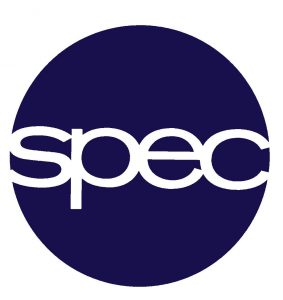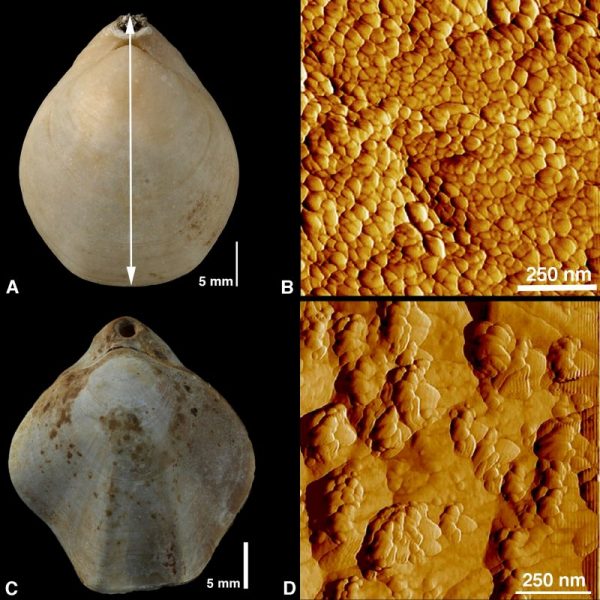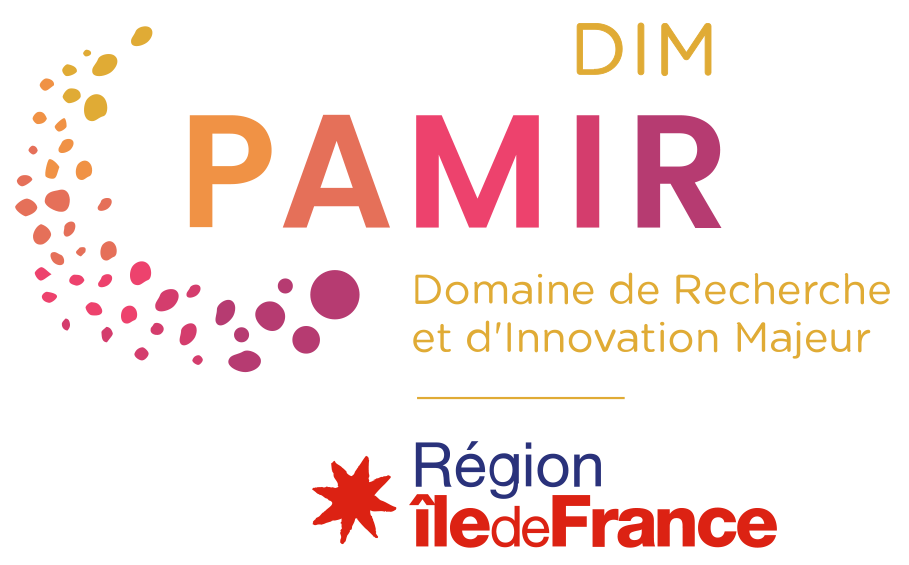
SPEC
Service de Physique de l'Etat Condensé
The Commissariat à l’Energie Atomique et aux Energies Alternatives (CEA) is the second largest institute for public research in France, with 15000 employees. It owns several centers, the largest being Saclay located in Ile-de-France. It is divided in various departments, among which the Direction de la Recherche Fondamentale (DRF), which is the basic sciences division. SPEC, UMR 3680 – Service de Physique de l’Etat Condensé (SPEC), employs over 80 scientists and technicians, over 60 Ph.D. students and post-docs and typically 25 external collaborators. It covers several topics of condensed matter physics, including Quantum electronics, Nanophotonics, Spin electronics and nanomagnetism, Surfaces and interfaces, and Statistical physics and complex systems. SPEC researchers have a number of experimental tools which could be relevant to DRIM-PAMIR topics: NMR experimental equipment, IMAFMP platform (Interdisciplinary Multiscale Atomic Force Microscope Platform – funded via équipement mi-lourd 2011: C’Nano and ISC – IDF), Powerful stress-corrosion and dynamic fracture setups to probe damage and failure mechanisms at meso/macro scales, optical microscopes, stylus profilometer, atmospheric chamber, clean rooms, chemistry laboratory…
The knowledge and experimental expertise that SPEC researchers bring to the IDF-DRIM-PAMIR could be extrapolated on several different fronts:
- Long-term behavior of damage (i.e. cracks) in glasses: These works could have implications in the preservation of glass works at museums. Conservation of artwork/glassworks in museums requires an extensive knowledge of the corrosion and stress corrosion cracking properties of masterpieces in museums. This was highlighted by an original conference bringing together art conservators, curators, and glass research scientists titled International Symposium on the Glass Degradation at the Louvre, November 15-18, 2017.
- Drying of colloidal systems and the environmental humidity controls the fracture properties: This work in its current context is rather removed from DRIM-PAMIR at least on the surface, but on the long run, it could help art conservators and curators find optimal storage conditions for paintings (i.e. prevent fracture in artworks).
- The IMAFMP Platform is open to researchers from a wide-range of fields and host a range of different projects: Two projects previously related to DRIM-PAMIR objectives concern (1) the growth of corrosion layers of a Roman nail and (2) an in depth looks at the hierarchical architecture of the inner layers of some rhnychonelliform brachiopods (fossils).
- Magnetic imaging of ancient materials: Non-destructive 3D magnetic scanners image paleomagnetic rocks magnetic. A second microscope (scanning probe microscope) combined with spin electronics sensors is also under development at SPEC to achieved submicronic lateral resolution.
SPEC researchers have not had many opportunities to work with art conservators, curators, historians…. Yet, we are interested in applying our knowledge and experimental techniques to answer interdisciplinary DRIM-PAMIR questions.
Axes méthodologiques :
Champs thématiques :
Secteurs disciplinaires :
Contact :
Cindy Rountree
Ingénieure chercheure
e-mail
01 69 08 26 55
Référent science ouverte :
Luc Barbier
e-mail
Site web :
http://iramis.cea.fr/spec/Établissements / ministères :
Projets soutenus :


